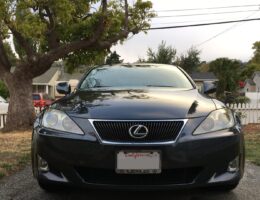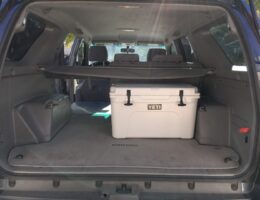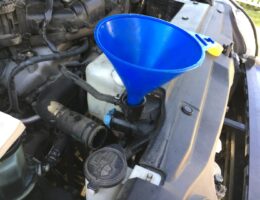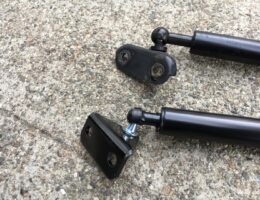The oil change is the bread-and-butter of car maintenance. Engine oil does two things: it helps reduce friction of moving and rubbing internal components by lubrication and it helps absorb heat that is generated from these moving parts. Here’s my procedure of replacing the oil and oil filter including some helpful tips I’ve learned along the way.
After upgrading the 4th generation 4Runner stock head unit with a Scion T1806 and then a T1814, I finally ended up with a T10015. In my opinion, this is the ultimate, stock-looking, head unit for the Toyota 4Runner.
When upgrading the stock 4th generation 4Runner head unit, you can use other Toyota head units, aftermarket head units, or even Scion head units. Since I’m an fan of using OEM parts for upgrades, I started with a Scion T1806 and then moved on to a T1814…
High mileage 3rd generation Toyota 4Runners are notorious for having excessive throttle play. This is a result of excessive slack in the throttle cable, which directly affects throttle response. Doing a bit of easy maintenance here can produce some quick results and easily revive your 3rd gen 4Runner!
My 2003 Toyota 4Runner is a V6 SR5 4×4 that has a non-sealed transmission unit. This system has a transmission fluid dipstick, unlike the later years’ 4Runners that have a sealed transmission with no dipstick. The following procedure outlines a flush and fill for my car.
It has been several years since my wife’s Lexus IS350 was properly cleaned, so a detail was certainly in order for this 11 year old vehicle. I had about 4 hours to do a detail, which ended up with quite satisfying results.
With the need arising to keep food and drinks cooled for long periods of time, I decided to pick up a cooler. After doing some research (and a little jumping on the Yeti bandwagon), I decided on a Yeti cooler.
The coolant (or antifreeze) in a vehicle plays a significant part of the vehicle’s operation. It was about time for my 2003 Toyota 4Runner to have its coolant drained, flushed, and replaced. I’ve outlined the steps I took to do this and also provided an alternative way of replacing antifreeze that might be a bit easier to do.









